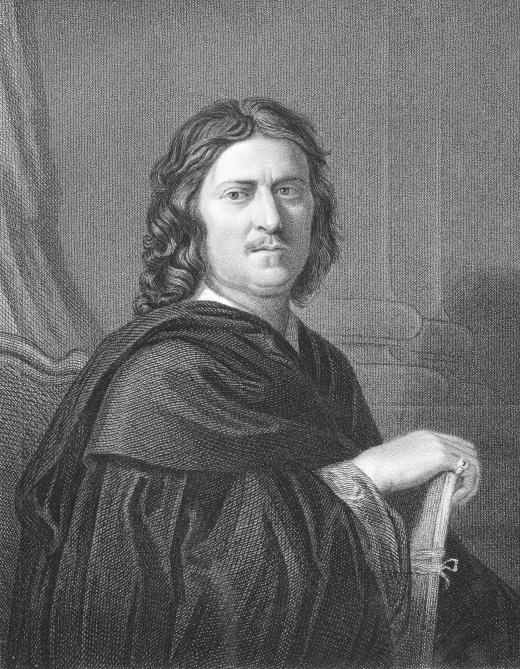
LOOKING AT GIOTTO DI BONDONE AND NICOLAS POUSSIN
Early in his career, Morandi realized a small number of self-portraits. The best known of these is his Self Portrait from 1917–19, which reveals his fascination with portraiture from different periods in art history.
Morandi represented himself in three-quarter profile, his face turned at a slight angle and his shoulders squared. He may have observed this format in the work of, for example, Giotto di Bondone (b. ca. 1266-67/76, Vespignano; d. 1337, Florence), who was widely admired by twentieth-century Italian painters. The painting of St. Stephen is one Morandi could have seen at the Horne Museum while visiting Florence.
The play of light and dark across Morandi’s facial features also suggests another source: Nicolas Poussin (b. 1594, Les Andelys; d. 1665, Rome). Morandi never saw a Poussin self-portrait in person, but he likely learned about these alternating shadows from the black-and-white photograph that he discovered at the Alinari Brothers’ photography laboratory in Florence. You can see an etching by Poussin with a similar theme
Nicolas Poussin
Self-Portrait (Autoportrait, ca. 1650)
Etching 1800s. Getty Images, Georgios Art
